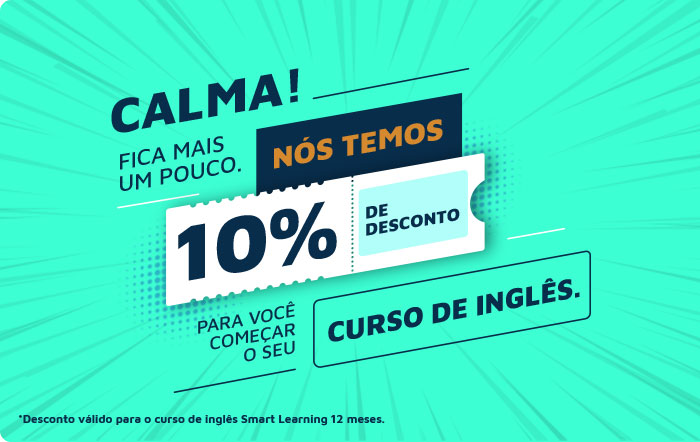Quick Class 11: A history of reading – B2/C1
Discuss the following:
- How much reading do you do on a daily basis?
- Do you read mostly for pleasure or for work?
- How do you think reading has evolved over the course of history?
Match the words and definitions*
| a) Fulfill | 1) Convert into intelligible language; interpret |
| b) Path | 2) Ancient manuscript in book form |
| c) Rely | 3) found or distributed over a large area or number of people |
| d) Codex | 4) Complete; realize; achieve; satisfy |
| e) Widespread | 5) Usual; ordinary; standard |
| f) Decode | 6) Course; direction; route; way |
| g) Average | 7) Depend on; trust |
Listen to the audio and summarize the main points shared by the speaker.
Listen to the audio and discuss the following:
- What are the fundamental differences between reading and writing?
- How has reading helped shape knowledge and culture as we know them?
- What are the most significant technological revolutions associated to reading and writing?
Read the transcript below and check your answers.
A history of reading
A text does not exist without a reader. It is only at the moment of reading that a writer’s words come into existence and fulfill their purpose of communication. But even though reading and writing are intimately related activities, they are actually very different. In fact, they activate different areas in the brain and have evolved in their own distinct ways, always in communion, but in different paths, which have shaped our societies in complex ways.
Writing first came along about six thousand years ago, in Mesopotamia. Early scribers relied on pictographic sings which facilitated commercial transactions by naming what products were being traded, their amounts, and the people involved. And for about the first three millennia, the technology available for writing (such as wooden or clay tablets and, later, papyrus) meant that reading had to be always done out loud. Reading was a group activity, much like ancient storytelling. There was no room for different interpretations. It had a practical function which was dominated by one person, the one who possessed the ability to interpret written sings.
Then came the invention of the codex, the ancestor of the modern book, made up of tablets bound together to form pages. This new technology allowed for things that hadn’t yet been thought of, such as reading a narrative out of order (or going back and forth more easily as you study), manipulating pages with markers and your fingers, storing information in greater volumes, and transporting texts with ease due to a more compact medium. All this made reading more effective and widespread, but most importantly, it made it individual, and silent.
Reading before books was about decoding sings into sounds, which meant speaking. And after books, reading became the activity of decoding not sounds, but meanings, which went unspoken from the eye to the brain, revolutionizing human cognition. With your whole body dedicated to absorbing the words on pages, stories could be read and understood in secret, letters could be sent and received privately, increasing enormously the variations in knowledge and culture due to the possibility of multiple interpretations of the same text by every reader. But it wasn’t until the printed press that reading became truly indissociable from civility as we now know it.
And our contemporary technology has us now dealing with reading in a very new way. We look at a screen directly in front of us. The average office employee spends hours of a day reading on a screen, friends communicate using abbreviations and pictorial forms, such as emoji, on their phones, which is interestingly a return of one of the most ancient forms of communication brought back to us by modern technology. As writing continues to be about sending out sounds, reading has changed dramatically over the years.
Regardless of how it is done, reading can be seen as the art of giving life, at any moment in the future and forever, to time itself, frozen a few seconds ago or thousands of years ago by the art of writing.
*Answers to exercise 2: a-4, b-6, c-7, d-2, e-3, f-1, g-5.
Quer saber mais sobre nossos cursos?
Quer saber mais sobre nossos cursos?


*Curso Smart Learning 12 meses

